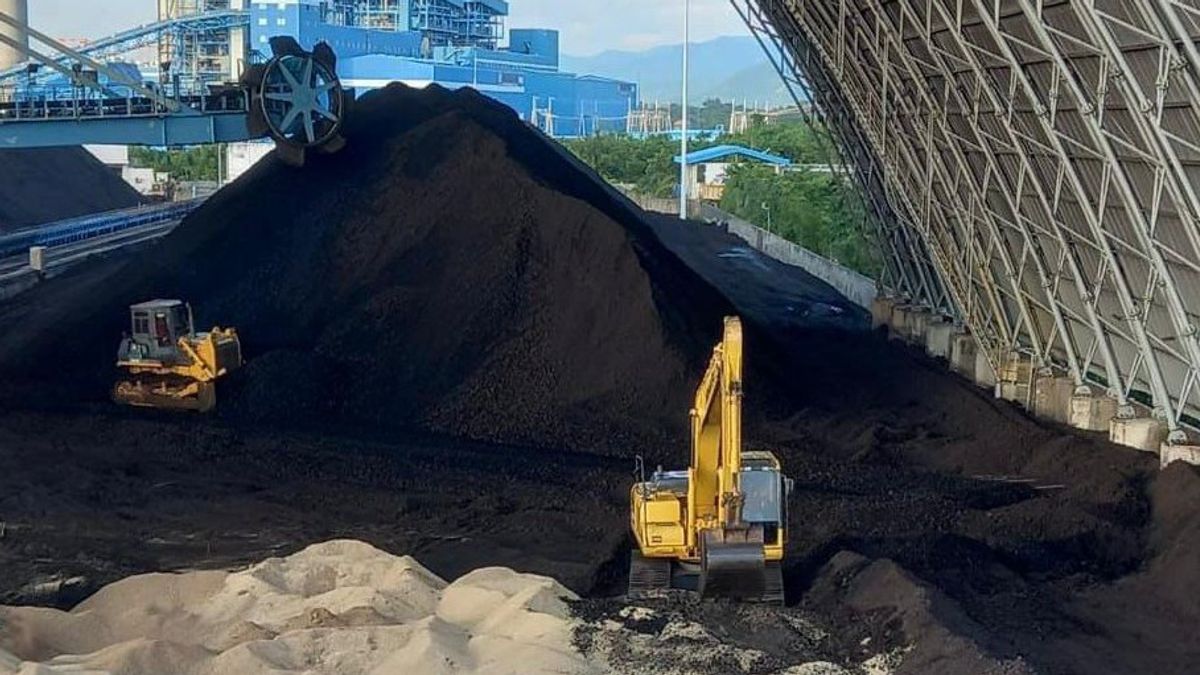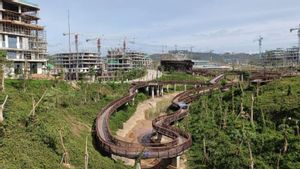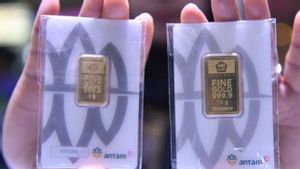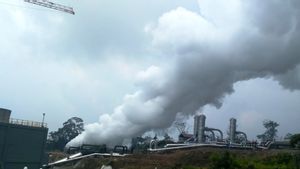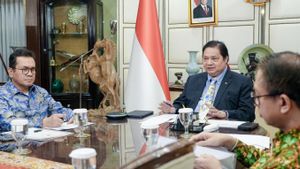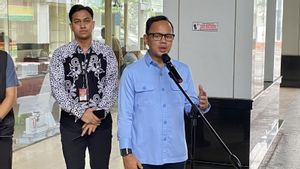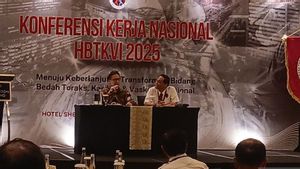PT PLN (Pesero) through the subholding of PLN Nusantara Power (NP) cooperates with the Jeneponto Regency Government, South Sulawesi in utilizing corn production waste into biomass material. This material is used as co-firing material at the Punagaya Steam Power Plant (PLTU).
For information, co-firing is a substitute technique in burning PLTU, where part of the coal used as fuel is replaced with other materials, which in this context is biomass so that it can suppress exhaust emissions. Previously, PLTU Punagaya had used co-firing from sawdust and woodchip.
Acting Regent (Pj Regent) Jeneponto, Junaedi Bakri said the potential area is one of the largest corn-producing areas in South Sulawesi. Based on existing data, with a corn planting area of 60,165 hectares and corn production in 2022 reaching 418,000 tons, this region has a big contribution to the national corn supply.
He also appreciated PLN Nusantara Power for taking appropriate steps in utilizing the abundant waste of corncobs. This concrete step also makes production more useful for green energy.
"I see that there is great potential that PLN Nusantara Power can take advantage of in processing corncob waste as a biomass material. I hope that this waste can be absorbed at least 20 percent of the total corn production," said Junaedi Bakri.
SEE ALSO:
President Director of PLN Nusantara Power Ruly Firmansyah said that his party had completed trials of co-firing corncobs in two locations, namely PLTU Punagaya and PLTU Tanjung Awar-Awar, Tuban.
Ruly noted that the total need for biomass of PLTU Punagaya co-firing materials reaches 100,000 tons per year with the potential for emission reduction reaching around 169 tons of CO2. Jeneponto Regency has the potential for corn waste that can be used as well as a solution to reduce waste.
Not only has a positive impact on improving environmental quality, but the co-firing implemented by PLN Nusantara Power also plays a role in moving the wheels of the economy and the Micro, Small and Medium Enterprises (MSMEs) of residents around the PLTU.
"In addition to contributing positively to the environment, this co-firing method is also the result of the supply of MSMEs for local residents so that this program also raises the economic level of the community," added Ruly.
He continued, PLN Nusantara Power also applied co-firing in 25 PLTUs in Indonesia.
"PLN NP is currently successfully implementing co-firing in 25 existing PLTUs. In 2023 we produced 525.62 GWh of green energy from co-firing or the equivalent of reducing carbon emissions by 533,291.79 metric tons," Ruly explained.
Ket foto: Pemanfaatan waste produksi mako menjadi bahan biomass co-firing yang digunakan sebagian batu bara pada Pembangkit Listrik Tenaga Uap (PLTU) Punagaya.
The English, Chinese, Japanese, Arabic, and French versions are automatically generated by the AI. So there may still be inaccuracies in translating, please always see Indonesian as our main language. (system supported by DigitalSiber.id)
